Transcription of Self-in-Relation: A Theory of Women's Development
1 Self-in-Relation: A Theory of Women's Development Janet L. Surrey, About the Author For the past two years in these Stone Center Janet L. Surrey, , is a Research Associate at the Colloquia we have been discussing important aspects Stone Center, Wellesley College, and Director of of Women's psychological Development covering such Psychological Services of the Outpatient Clinic, McLean diverse topics as women and power, empathy, work, Hospital, Belmont, Massachusetts. anger, incest, and eating patterns, among others. Throughout many of these papers, there have been Abstract references to the idea that the self in women may be experienced in a way that is not addressed by current While most developmental theories emphasize the psychoanalytic and developmental theories.
2 The importance of disconnection from early relationships to construct of the self-in-relation has played an achieve a separate and bounded sense of self, Women's important part in our understanding of these diverse experience contradicts such Theory and suggests that a new topics and has proved helpful in suggesting model of Development is needed to account for the centrality innovative programs and therapeutic interventions. I. and continuity of relationships throughout Women's lives. would like to focus more specifically on the central This paper outlines the framework of such a model, organizing construct of the self-in-relation, to reflect postulating the relational self as the core self-structure in on the ongoing exploration of this idea, and to women , and describing the formative dynamics of this elaborate on further aspects of it.
3 I hope this will help relational self-structure within the early mother-daughter lay the groundwork for further discussion during the relationship. Key structural and developmental aspects of current series. We at the Stone Center and this year's this relationship are suggested, and the application of this colloquia speakers hope that you will participate with model to clinical work is illustrated. us in exploring, advancing, and critiquing our theoretical formulations throughout the series. This paper was presented at a Stone Center The idea of self is prominent in current Colloquium on November 16, 1983. psychological theories describing childhood and adult Development . The inquiry into the nature of the self as an organizing principle in human Development has been a fundamental aspect of psychological, philosophical, and spiritual investigation.
4 Since it is beyond the scope of this paper to attempt to review this extensive literature, for present purposes I will propose a working definition of self: a construct useful in describing the organization of a person's experience and construction of reality which illuminates the purpose and directionality of her/his behavior. Recently several authors have proposed that there are important sex differences in the experience and construction of the self. A central theme of Toward 1985, by Janet L. Surrey a New Psychology of women (Miller, 1976) is that 1 (C) 1985 Surrey, J. Women's sense of self becomes very much organized from a basic assumption of narcissism and human around being able to make and then to maintain separateness. The notion of the self-in-relation makes affiliation and relationships (p.)
5 83). Miller discusses an important shift in emphasis from separation to the necessity of developing new language and new relationship as the basis for self-experience and concepts to describe Women's unique experiences and Development . Further, relationship is seen as the basic points to the problems which arise when the principles goal of Development : , the deepening capacity for of male Development are cast as universal principles of relationship and relational competence. The self-in- human Development . Carol Gilligan (1982) has relation model assumes that other aspects of self ( , written further of the importance of women finding creativity, autonomy, assertion) develop within this their own voice in order to describe ourselves to primary context.
6 That is, other aspects of self- ourselves, and has indicated that Women's Development emerge in the context of relationship, experiences of connectedness to others leads to and there is no inherent need to disconnect or to enlarged conceptions of self, morality, and visions of sacrifice relationship for self- Development . This relationship. It is essential to point out that the formulation implies that we must develop an adequate inquiry into the nature of Women's Development is a description of relational Development in order to step in the evolution of understanding human understand self- Development . Development . women in Western society have been carriers of certain aspects of the human experience Empathy as a crucial feature (Miller, 1976), and a full understanding of human Recent theories on the early Development of the Development can be derived only from a thorough self have emphasized the importance of empathy elucidation of both female and male experience.
7 (Kohut, 1971; Winnicott, 1971). However, the interest Our conception of the self-in-relation involves in connections with others is much more prominent at the recognition that, for women , the primary all stages of life for women . Research and clinical experience of self is relational; that is, the self is observation show that most women have a greater organized and developed in the context of important ability for relatedness, emotional closeness, and relationships. To understand this basic assumption it emotional flexibility than do most men. The capacity is helpful to use as a contrast some current for empathy, consistently found to be more developed assumptions about male (often generalized to human) in women , can be seen as the central organizing Development .
8 Currently, developmental Theory concept in Women's relational experience. Before stresses the importance of separation from the mother discussing the Development of the capacity for at early stages of childhood Development (Mahler, empathy, I want to emphasize that our definition of Pine, & Berman, 1975), from the family at adolescence relationship involves an experience of mutual (Erikson, 1963), and from teachers and mentors in empathy. The ability to be in relationship appears to adulthood (Levinson, 1978) in order for the individual rest on the Development of the capacity for empathy in to form a distinct, separate identity. High value is both or all persons involved. Kohut (1971) has placed on autonomy, self-reliance, independence, self- emphasized the importance of parental empathy and actualization, listening to and following one's own mirroring in the child's early self- Development , but unique dream, destiny, and fulfillment.
9 Intimacy and almost no attention has been devoted to the topic of generativity in adulthood (in Erikson's terms) are seen teaching and learning empathy. The good enough as possible only after the closure of identity. In his mother (Winnicott, 1971) capable of providing an theoretical framework, relational trust is established empathic facilitating environment for the growing in early infancy and does not re-emerge as central child does not suddenly appear with the birth of an until the end of adolescence. Our Theory suggests, infant. Much unrecognized learning must have taken instead, that for women a different and relational place to allow the complex capacities for mothering to pathway is primary and continuous, although its emerge in response to the changes of the growing centrality may have been hidden and child (Miller, 1976).
10 The Development of the capacity unacknowledged. for empathy needs to be studied and elaborated The values of individuation have permeated our carefully. For the present, we are postulating that the cultural ideals as well as our clinical theories and best realm available in which to study its origin is in practice. In psychological Theory , the concepts and the early mother-daughter relationship. Jordan (1983). descriptions of relationship appear to be cast in this has re-examined the concept of empathy in this light. model, and much of current Theory wrestles with the She has shown that the ability to experience, problem of developing a model of object relations comprehend, and respond to the inner state of another 2.
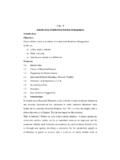
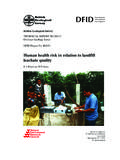
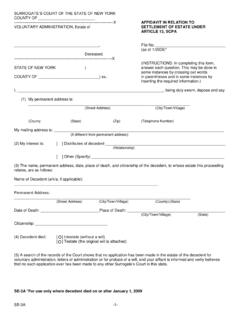

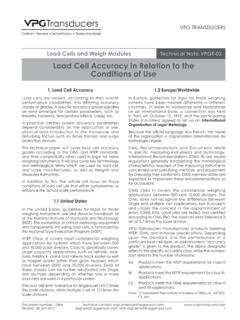
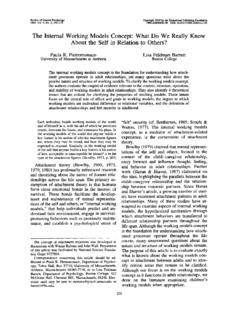
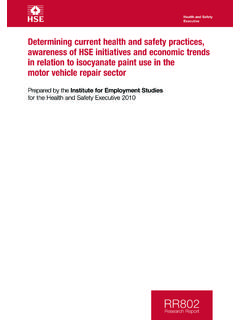
![[Title]: Traditional Ecological Knowledge - Silva For](/cache/preview/3/7/5/d/5/1/2/0/thumb-375d512018e32de09e9c7f6503e5fcc5.jpg)